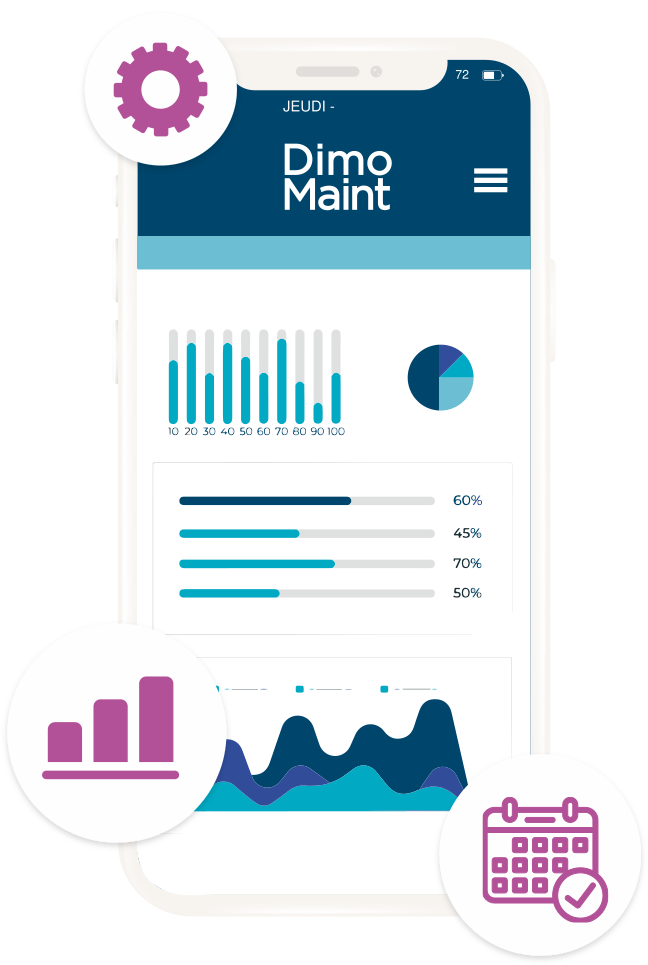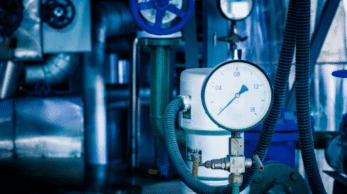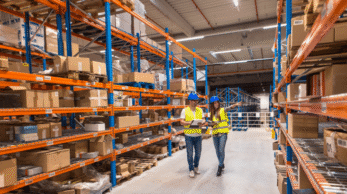After Industry 4.0, marked by widespread automation and system interoperability, Industry 5.0 emerges with a clear goal: put people back at the center of processes, while strengthening companies’ resilience and sustainability. In this new era, technology becomes an ally for operators, particularly in the field of industrial maintenance, where it optimizes interventions and guides decisions. This is a vision that DimoMaint, a CMMS publisher, is already putting into practice every day.
From technological performance to human performance
If Industry 4.0 focused on the widespread integration of technology and data into industrial processes, Industry 5.0 shifts the approach toward a human-centered operation. Its goal: to restore the human–machine balance and make technology a decision-support tool rather than a replacement for the operator. The time has come for collaboration between the most innovative systems and industrial technicians. The benefits of Industry 5.0 affect both industrial performance and employees’ working conditions.
The key pillars of Industry 5.0
Industry 5.0 is built on three essential pillars to address the many challenges faced by manufacturers:
- People: with Industry 5.0, people become the central actors in the industrial value chain again. Innovations reinvent operators’ roles, providing better support and enabling work in optimal safety conditions.
- Resilience: industrial markets are constantly changing and customization needs are increasing. Industry 5.0 enables more flexible systems that can adapt in a crisis and provide the right resources to highly personalize products or services.
- Sustainability: eco-design and ethical traceability are priority topics for the industrial sector. Industry 5.0 responds to environmental challenges with better resource management and support for eco-responsible processes (decarbonization, circular economy…).
New developments introduced by Industry 5.0
To reinvent the human role, Industry 5.0 relies on eleven enabling technologies, some already widely used in Industry 4.0 — such as IoT, AI, Big Data, 3D printing, virtual reality and augmented reality. It also introduces a number of new elements:
- Advanced technologies such as the digital twin, a virtual model that enables real-time visualization of complex scenarios and better anticipation of industrial asset behavior.
- Strengthened cybersecurity, to better protect critical industrial systems and ensure greater integrity and confidentiality of sensitive data.
- Brain–machine interfaces (BMIs), capable of assisting operators with complex systems by translating neurological signals directly into operational actions.
- More ethical AI: Industry 5.0 also brings an ethical approach to AI, with more responsible handling of industrial challenges and greater user trust in digital tools.
People, a key actor in industrial processes
While Industry 4.0 seemed to have pushed people to the background, Industry 5.0 allows them to regain a central role. The aim is to combine unique human abilities (creativity, intuition, solving complex problems) with the power of digital tools. To achieve this, human operators can rely on more intuitive interfaces that guide them in their day-to-day work. Technologies such as collaborative robots — cobots —, augmented reality and intelligent assistants are implemented by Industry 5.0. These not only improve overall performance but also enhance working comfort and safety.
DimoMaint: supporting people, not replacing them
Already underway for several months with our partners, the integration of AI into CMMS solutions is now a tangible topic at DimoMaint. In co-development with its clients, DimoMaint aims to expand the possibilities offered by data from industrial assets and give people a central place in industrial processes.
The DimoMaint CMMS relies on Artificial Intelligence to anticipate more, diagnose faults before they occur and, on site, significantly speed up interventions. More broadly, the use of innovative technologies in CMMS should generate the data needed to better prioritize interventions and provide suggestions that will make a difference to maintenance quality.
The evolution of CMMS toward Maintenance 5.0 therefore enables:
- Making digital tools a natural extension of field teams.
- Significantly improving the quality of diagnosis and interventions.
- Providing visibility, and therefore resilience, to companies in the sector
- Enhancing the role, skills and safety of technicians, whose well-being at work improves significantly
By integrating the real needs of field teams, DimoMaint aims to combine technological efficiency and human performance, as Industry 5.0 requires. In this way, technology serves people, not the other way around.



